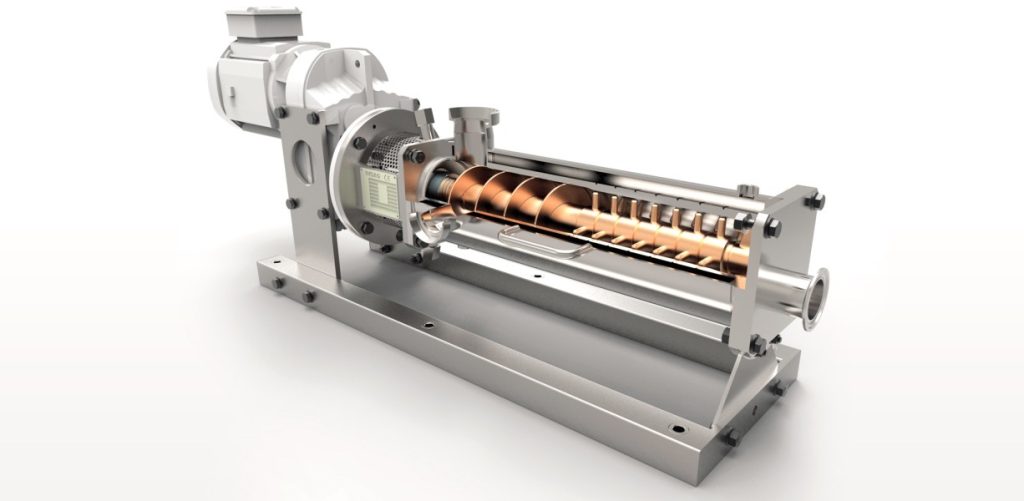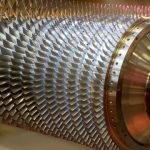Solid suspension and dispersion in a liquid is an important operation carried out in mixing systems. The primary objective of solid-liquid mixing is to create and maintain a solid-liquid slurry, and to promote and enhance the rate of mass transfer between the solid and liquid phases. Such processes are typically carried out in mechanically agitated vessels and reactors. In agitated vessels, the degree of solids suspension is generally classified into three levels: on-bottom motion, complete off-bottom suspension, and uniform suspension. Refer the sketch below. For many applications, it is often important just to provide enough agitation to completely suspend the solids off the tank bottom. Below this off-bottom particle suspension state, the total solid-liquid interfacial surface area is not completely or efficiently utilized. Therefore, it is important to be able to determine the impeller agitation speed, Njs, at which the just suspended state is achieved by the particles.
Description: Attached Image
Correlation for Just Suspended Speed:
Description: Attached Image
where:
Njs = minimum impeller speed to just suspended solid particles in vessel, rps
S = Zwietering constant
ν = Kinematic viscosity of the liquid, m2/s
gc = gravitational constant = 9.81 m/s2
ρs = denisty of solid particle, kg/m3
ρl = denisty of liquid, kg/m3
X = mass ratio of suspended solids to liquid or solid loading’=kg of solids / 100 kg of liquid
D = Impeller diameter, m
Description: Attached Image
Table for Zwietering Constant (S):
Description: Attached Image
Snapshot of an Example Problem in Excel:
Description: Attached Image



Comments are closed